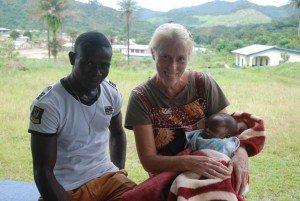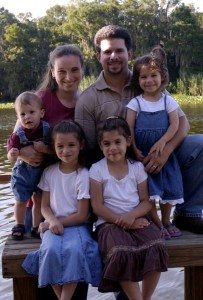The Bride Price
I enjoy showing my African friends, especially ladies, my picture of our daughter, Danielle, and her family. They will intently look and look all the while asking questions and gently caressing the tiny one-dimensional, glossy-finished faces with their fingers. This little glimpse into my other life seems to make me more real to them; they connect with me on another level – a human level.
The ladies marvel when I tell them that Danielle is 30; she looks so young, so healthy and strong. They marvel, too, that she is the mother of four. Sierra Leone has the highest maternal mortality rate in the world as well as one of the highest rates of death of children under 5 years of age. To see this smiling young woman with four sturdy, healthy children is truly amazing to them. I tell them that she has lost two babies which darkens their faces with an understanding sorrow; “Osheya”, they quietly say, “I am sorry.” But this, too, helps them to see me as real. I have passed through the same sorrows of life they have.

My good friend Lahai (not the man in the story) visiting with his new son. Lahai has lost two young children and has also admired my family photo
One day a young man, about 25 years old, got in on the family photo fun. “Dis have borned all dis?” he asked in shocked disbelief, his expressive eyes widening. “I want her. You give me you pekin!” I assured him that my daughter was no longer available as I pointed to Jeremy. “Dis her man?” he asked. “No,” I replied, “This is her husband.” Now his eyes got really wide. “Dey marry?” In this culture there is a big difference between just being a woman’s man and being her husband – that difference is the bride price; the dowry set by the father of the prospective bride. The price is determined by how much the father believes his daughter is worth. “Yes,” I answered, “they are married.”
Lapia continued to stare wondering what enormous dowry the smiling young man in the picture must have paid to purchase such an incredible woman.





